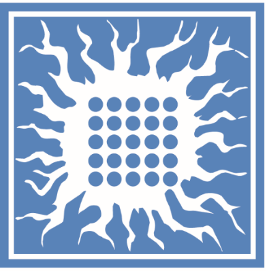Researchers from the HYDIS Project (“Multifunctional visible-light-responsive inorganic-organic hybrids for efficient hydrogen production and disinfection”), implemented at the Vinča Institute of Nuclear Sciences – National Institute of the Republic of Serbia, University of Belgrade, have published two significant papers focused on advanced photocatalytic and antimicrobial materials, contributing to the development of eco-friendly and sustainable disinfection technologies
Application of TiO₂ in Photocatalytic Bacterial Inactivation: Review
Authors: Vesna Lazić, Valentina Nikšić, Jovan M. Nedeljković
Vinča Institute of Nuclear Sciences, National Institute of the Republic of Serbia, University of Belgrade
Abstract:
Photocatalytic pathogen inactivation is gaining increasing importance due to the rise of microbial resistance to conventional antibacterial agents. Titanium dioxide (TiO₂)-based photocatalysts have emerged as promising, environmentally friendly materials capable of both antibacterial action and organic pollutant degradation. This review summarizes recent developments in TiO₂-based structures—nanopowders, thin films, composites, and polymer-supported nanostructures—and explores methods to enhance visible-light activity, including doping and heterostructure formation. The paper also discusses ROS generation mechanisms and kinetic models of bacterial inactivation, providing insights for the design of sustainable photocatalytic disinfection systems.
Comparative Study of Antimicrobial Activity of Silica-Based Nanohybrids Functionalized with 5-Aminosalicylic Acid: Toward Reduced Silver Usage
Authors: Miljana Dukić, Katarina Isaković, Davor Lončarević, Natalija Murafa, Milena Marinović-Cincović, Dušan Sredojević, Vesna Lazić
Vinča Institute of Nuclear Sciences; Institute of Chemistry, Technology and Metallurgy; Czech Academy of Sciences
Abstract:
This study reports the synthesis, characterization, and antimicrobial evaluation of two silica-based hybrid nanocomposites—SiO₂ functionalized with 5-aminosalicylic acid (5-ASA) and its silver-decorated counterpart, SiO₂/5-ASA/Ag. Remarkably, the silver-free SiO₂/5-ASA exhibited strong antibacterial activity, particularly against Staphylococcus aureus, even at low concentrations. These findings demonstrate the potential for developing silver-free, ICT-based antimicrobial nanomaterials that align with environmental and regulatory sustainability goals.
These publications highlight the Institute’s contribution to cutting-edge research in photocatalytic and antimicrobial nanotechnology, supporting the development of cleaner and safer technologies for future applications.





